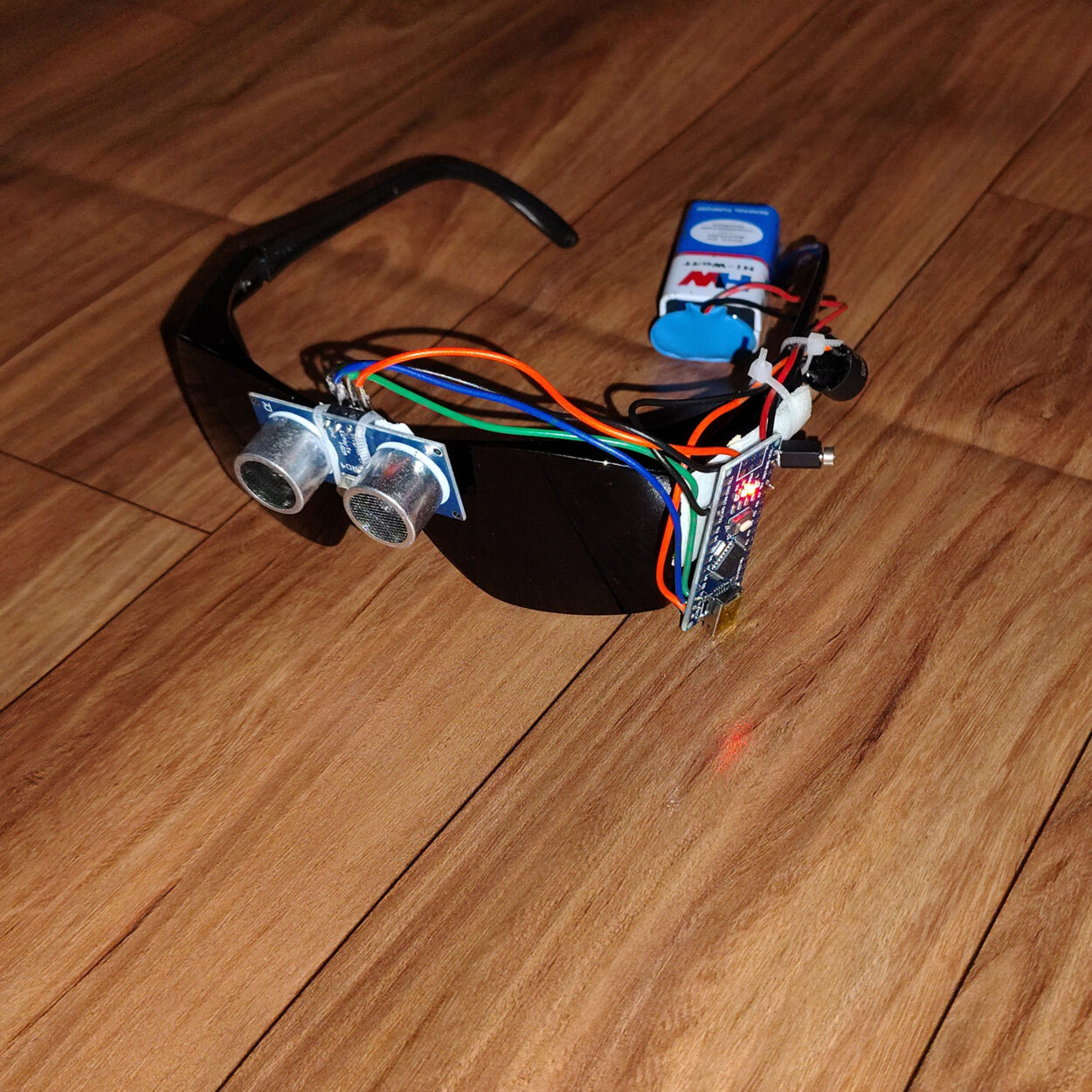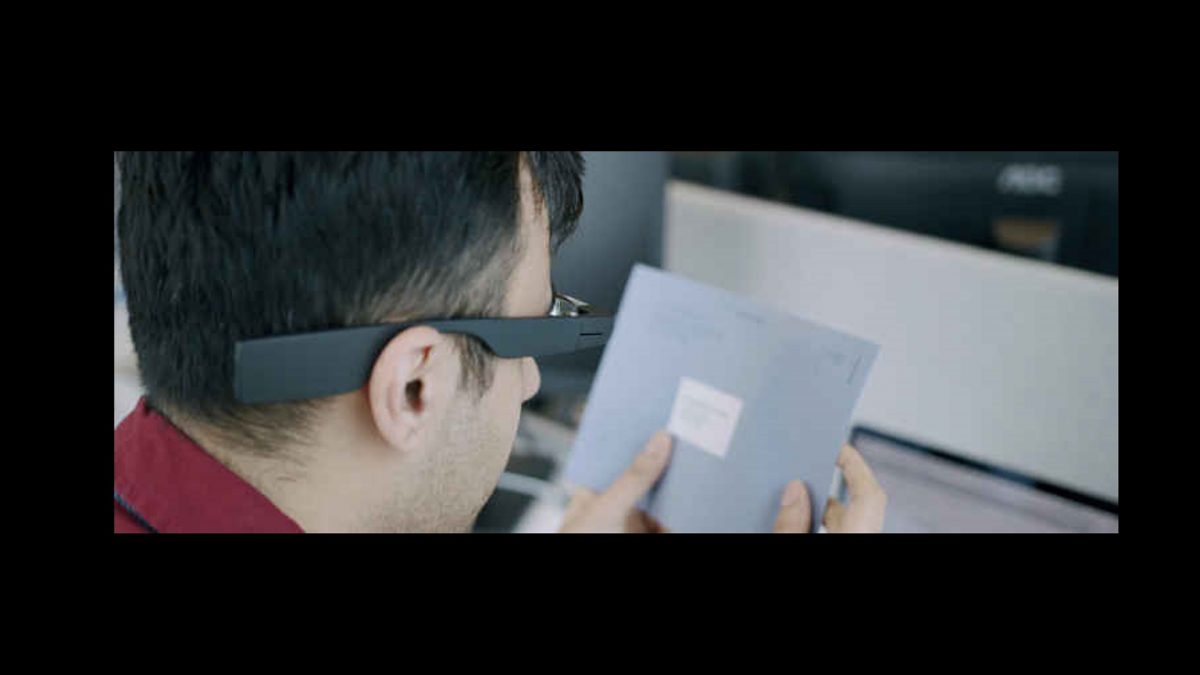Top Braille Displays and Notetakers to Enhance Accessibility for the Blind
Top Braille Displays and Notetakers to Enhance Accessibility for the Blind
Blog Article
Ingenious Solutions in Assistive Modern Technology for Visual Problems
The landscape of assistive technology for visual disability is progressing quickly, presenting a variety of innovative solutions that boost accessibility and self-reliance. From innovative smart device applications that help with navigating to wearable tools developed for real-time advice, these tools are improving the experiences of those with aesthetic disabilities. The combination of wise home technologies and instructional sources has the possible to cultivate greater neighborhood engagement. Nevertheless, the effects of these innovations elevate important questions about their availability and effectiveness in varied contexts, necessitating a more detailed examination of their broader effect.
Innovations in Smart Device Applications
In recent times, innovations in mobile phone applications have considerably transformed the landscape of assistive technology for individuals with visual impairments. These applications leverage the powerful sensing units and capabilities of contemporary mobile phones to offer users with devices that enhance self-reliance and access in their lives.
Significant among these innovations are applications developed for things recognition, which utilize the smart device's electronic camera to recognize items and offer spoken summaries. Such features equip users to browse their atmospheres better, whether identifying products in stores or situating personal valuables in the house. Furthermore, text-to-speech applications have enhanced drastically, allowing users to capture published message via their tool's electronic camera and get immediate sound comments, thereby helping with analysis and comprehension.
Community-driven applications have actually promoted social interaction and source sharing amongst people with aesthetic impairments, producing a supportive network that enhances their high quality of life. Generally, mobile phone applications have actually become vital allies in advertising freedom and access for people with aesthetic problems.
Wearable Instruments for Navigating
Wearable gadgets for navigating have become a groundbreaking remedy for people with aesthetic disabilities, supplying hands-free aid that improves flexibility and positioning. These gadgets commonly make use of innovative technologies, consisting of GPS, ultrasonic sensing units, and expert system, to offer real-time comments and instructions to individuals as they browse their environment.
One remarkable example of wearable navigation innovation is clever glasses, which can discover challenges and relay auditory or haptic feedback to the user, permitting efficient and safe motion in various settings. Other tools, such as vests and belts geared up with sensing units, can in a similar way educate individuals of their environments by providing notifies about close-by objects or modifications in terrain.
Furthermore, several wearable gadgets incorporate with mobile phone applications, making it possible for users to tailor their navigation preferences and get customized route recommendations. This customization can dramatically enhance the individual experience, encouraging people to travel with better confidence and freedom.
As modern technology remains to establish, the potential for wearable navigating tools to improve the lifestyle for people with aesthetic impairments continues to be considerable, leading the way for more obtainable and comprehensive environments.
Smart Home Innovation Integration

Additionally, wise appliances outfitted with responsive user interfaces or acoustic responses give user-friendly communications that provide especially to the needs of those with aesthetic problems. As an example, wise fridges can announce their materials and expiration dates, while wise ovens can assist Assistive technology for the blind users with the food preparation procedure with audio directions.
Home automation systems, such as smart doorbells and protection video cameras, offer tranquility of mind by allowing customers to get signals and access live feeds by means of their smart phones, enhancing individual safety (AI-powered visual aids). Furthermore, integration with mobile phones and tablet computers makes certain that users can handle their home atmosphere from anywhere within their premises
As wise home technology continues to develop, it holds the possible to transform the living experiences of people with aesthetic problems, promoting independence and enhancing lifestyle in an increasingly connected world.

Educational Equipment and Resources
Access to effective educational devices and resources is vital for people with visual impairments, as it equips them to involve totally in their knowing experiences. Numerous assistive innovations have actually been created to boost availability and foster independent discovering.
In addition, educational software specifically developed for visually damaged customers provides features such as high-contrast modes and customizable text sizes. These devices accommodate diverse understanding styles and make certain that trainees can customize their academic experience to their requirements.
In addition, accessibility to audio publications and electronic collections expands the array of readily available discovering products, enabling trainees to explore topics in depth without the constraints imposed by typical print resources. Collaborative platforms that include access features additionally help with group projects, making certain that aesthetically impaired trainees can add meaningfully alongside their peers.
Area Assistance and Involvement
A durable network of area support and interaction is vital for people with aesthetic disabilities, cultivating a comprehensive atmosphere where they can flourish. Community organizations, local advocacy teams, and volunteers play a pivotal function in providing sources, details, and friendship, which are vital for improving the quality of life for those impacted by aesthetic disabilities.
Interaction activities such as workshops, get-togethers, and assistance teams not just promote skill advancement but also advertise social communication, reducing feelings of isolation. These campaigns motivate people to share challenges, experiences, and successes, thus strengthening neighborhood bonds. Furthermore, partnerships with regional services can result in better ease of access in public spaces, better incorporating individuals with aesthetic impairments right into the community.
Modern technology additionally improves area interaction via on the internet platforms that provide virtual assistance groups and resources, enabling people to link regardless of geographical obstacles. By taking advantage of both electronic and in-person services, areas can produce a detailed support network. Ultimately, fostering cooperation amongst numerous stakeholders-- including families, teachers, and medical care professionals-- ensures that people with visual disabilities receive the all natural assistance necessary to browse every day life successfully and with dignity.
Verdict
Innovative options in assistive modern technology for aesthetic problems dramatically boost the lifestyle for individuals encountering these difficulties. The assimilation of smartphone applications, wearable tools, clever home innovation, and academic devices fosters higher self-reliance and availability. Area assistance and involvement further encourage aesthetically impaired people, advertising inclusivity and involvement in various facets of life. Jointly, these advancements not just transform day-to-day experiences but likewise lead the way for a more fair culture.
The landscape of assistive technology for aesthetic problems is developing quickly, presenting a range of cutting-edge solutions that enhance access and freedom. Community-driven applications have cultivated social interaction and source sharing among individuals with visual disabilities, developing a helpful network that improves their high quality of life. Generally, smartphone applications have come to be important allies in promoting autonomy and access for individuals with visual disabilities.
Numerous individuals with aesthetic impairments are locating better freedom through the integration of wise home innovation.Ingenious services in assistive technology for aesthetic impairment significantly enhance the top quality of life for people facing these difficulties.
Report this page